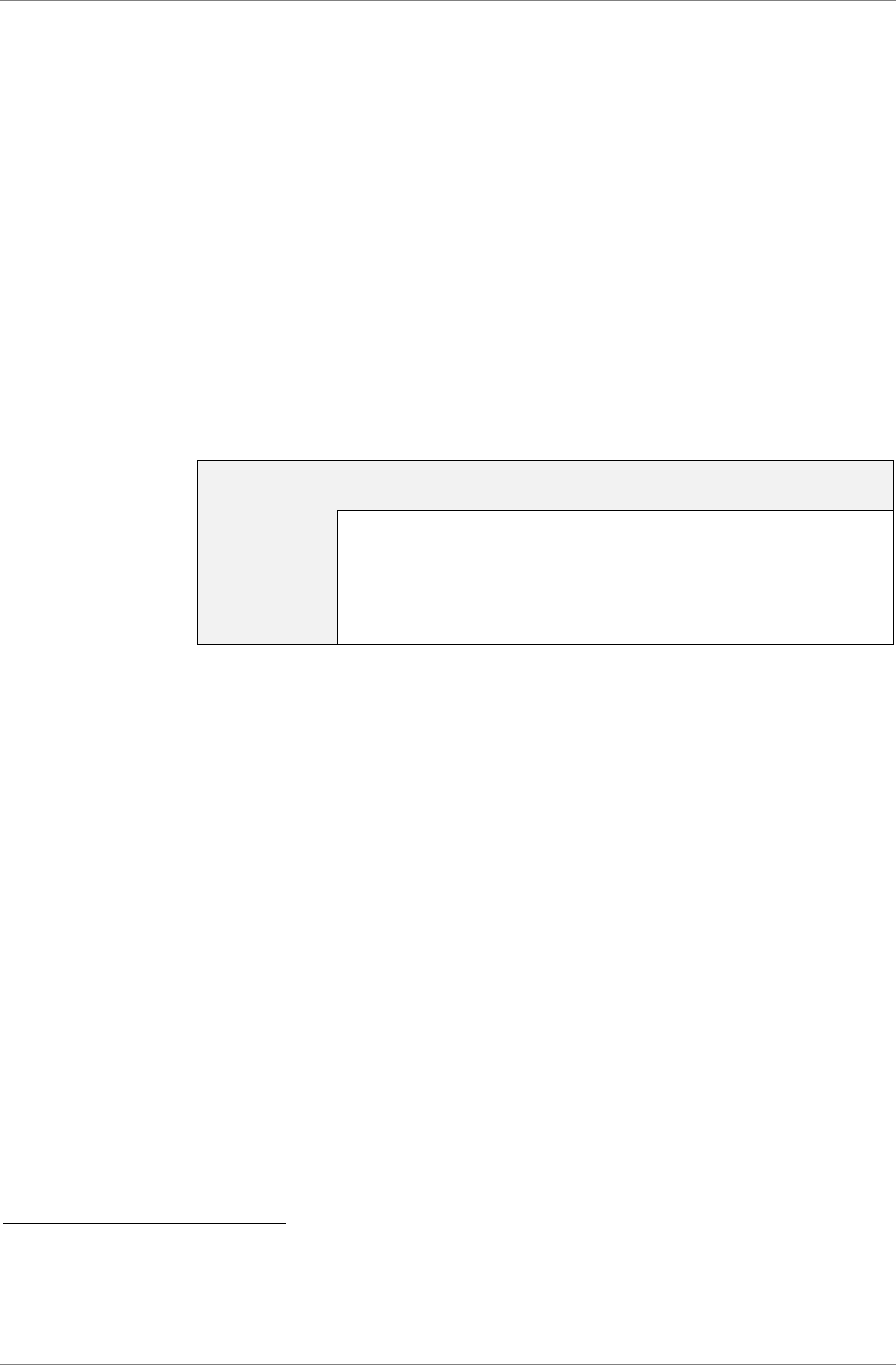
dCS 974 User Manual Manual for Software Version 1.0x
dCS Ltd May 2001
Manual part no: DOC1241121A1
Page 84
Document No: OS-MA-A0124-112.1A1
Contact
dCS
on + 44 1799 531 999 email to: more@dcsltd.co.uk
(inside the UK replace + 44 with 0) web site: www.dcsltd.co.uk
Noise Shaping
The dCS 974 uses noise shaping
22
that is optimised to the F weighting curve
23
.
It does not affect signal frequency or transient response, but shapes the
frequency response of errors (Q noise, or truncation errors) so that they fall as
much as possible in the less sensitive part of the spectrum. The architecture
used also shapes dither, where this is added. For all the major sample rates
(32 kS/s, 44.1 kS/s, 48 kS/s, 88.2 kS/s, 96 kS/s) the noise shapers have been
individually optimised and the first 10 orders are offered. The 1
st
, 3
rd
, and 9
th
shapes for 44.1 kS/s agree well with Wannamaker’s published results
24
.
Noise Shaping adds more noise power, but because of the shaping it is
perceived as lower noise. There is a compromise to be drawn – as more
aggressive shaping is used, more noise is added, and less perceived
improvement occurs. In practice, things stop improving by about the 10
th
order.
The increased real noise power can cause (small) clicks in editing, if this is
carried out after the shaping. For each major sample rate, we recommend an
aggressive and a gentle setting, below:
Sample Rate
(kS/s)
Lowest
Order
Highest
Order
Gentle
Shaping
Aggressive
Shaping
32 1
st
10
th
2
nd
6
th
44.1 1
st
10
th
2
nd
9
th
48 1
st
10
th
2
nd
8
th
88.2 1
st
10
th
3
rd
7
th
96 1
st
10
th
3
rd
7
th
Table 9 – Noise Shape Orders by Output Sample Rate
The gentle shaping tends to follow the E weighting curve, by chance. For more
information on this topic, either see Word Length Reduction on page 104 or
read the references below.
22
It actually uses an Error Shaping architecture, but the name is now being used for entirely other things and is
less well known, so we call it, erroneously, Noise Shaping
23
“Minimally Audible Noise Shaping”, S.P.Lipshitz and R.A.Wannamaker, J AES vol 39 no 11, p836-852
24
“Psychacoustically Optimal Noise Shaping”, R.A.Wannamaker, J AES vol 40 no 7/8, p611-620


















